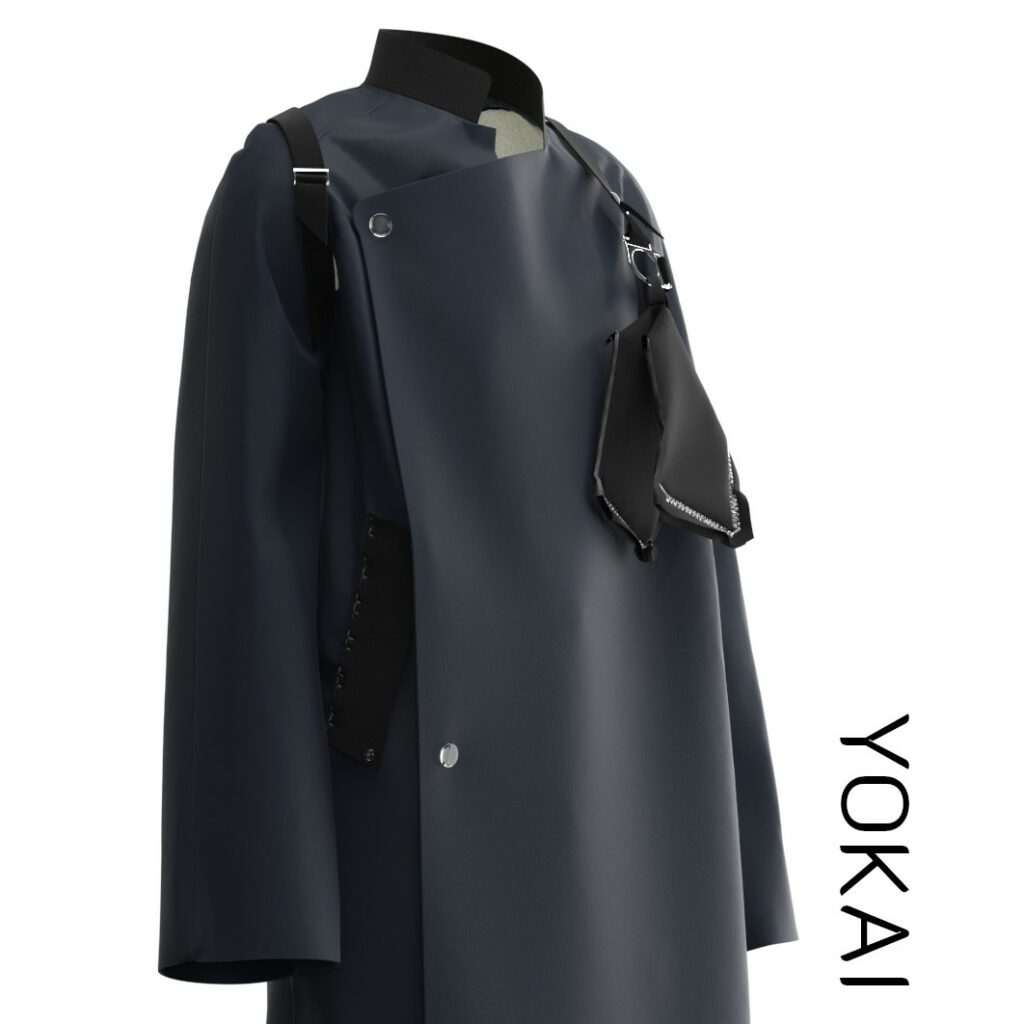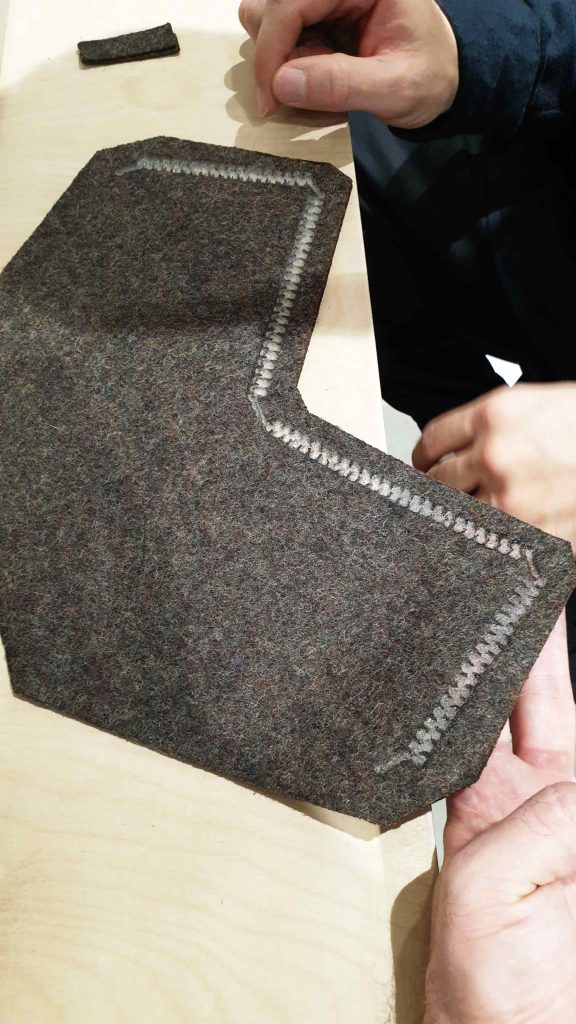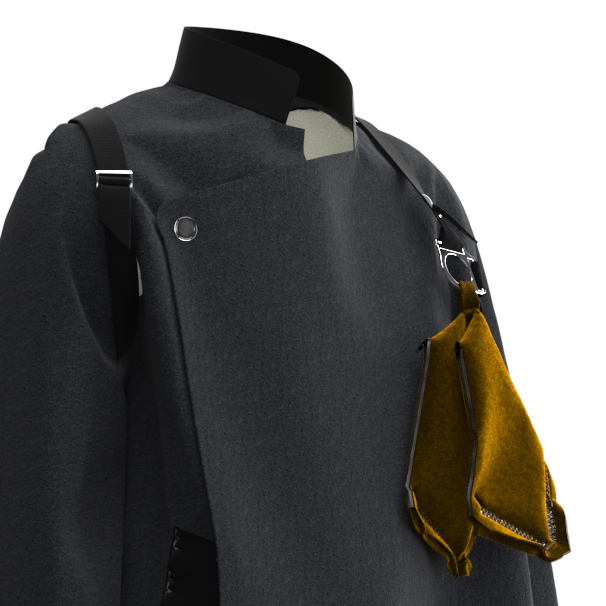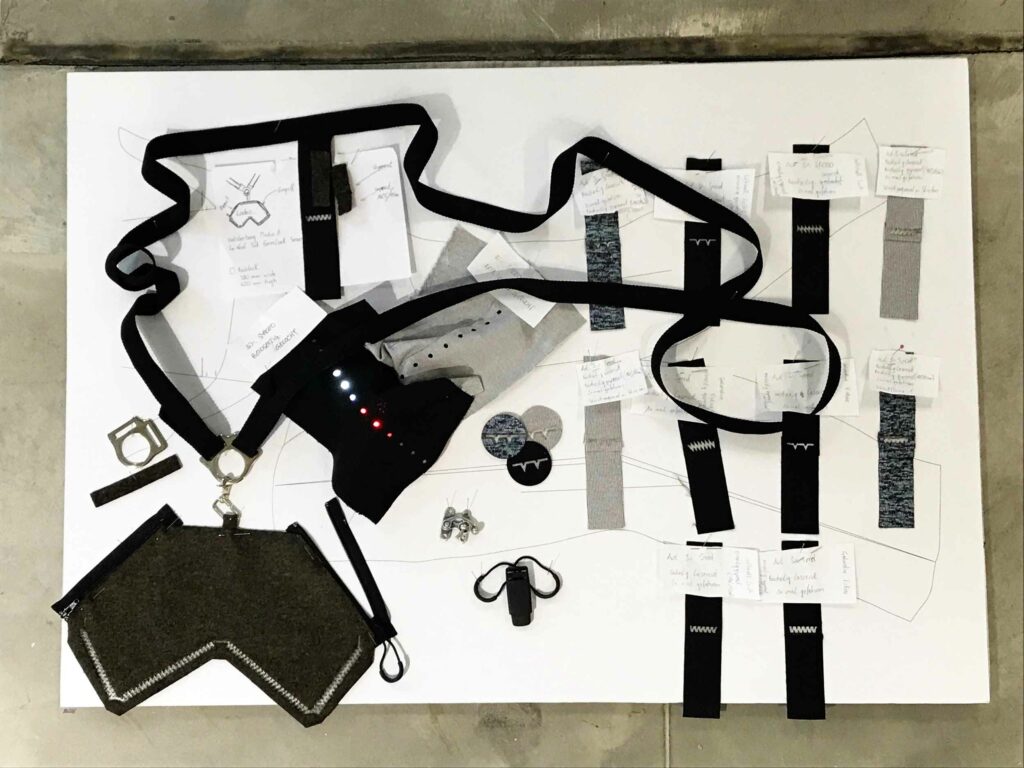Robotic Fashion Design
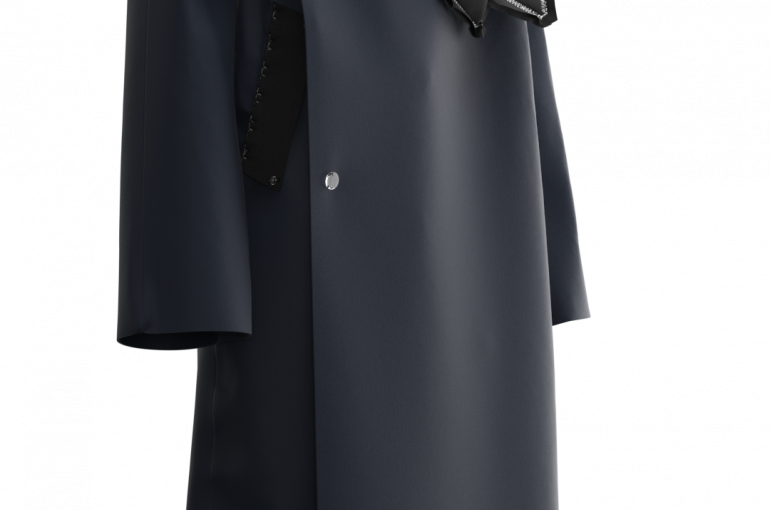

Yokai Team
We believe that design is a combination of functionality and innovative forward-thinking methods, that can reveal new looks of fashion products but at the same time, it should face the issues that we are challenging in the 21st century. This way of thinking gives us the opportunity to confront problems from different angles and is the result of the artistic and technical background of the Yokai team members and co-founders Michael and Viktor. The main goal of the Yokai Team is to combine new technology with well-known techniques for the creation of designs in new and exciting ways.
Image: Michael Wieser and Viktor Weichselbaumer (Yokai Team) (C) Mario Riener



Our long term goal is to build a robot based automated manufacturing system, which enables the local production of customized clothes.
Yokai-Studios Team
Start of our Re:FREAM journey
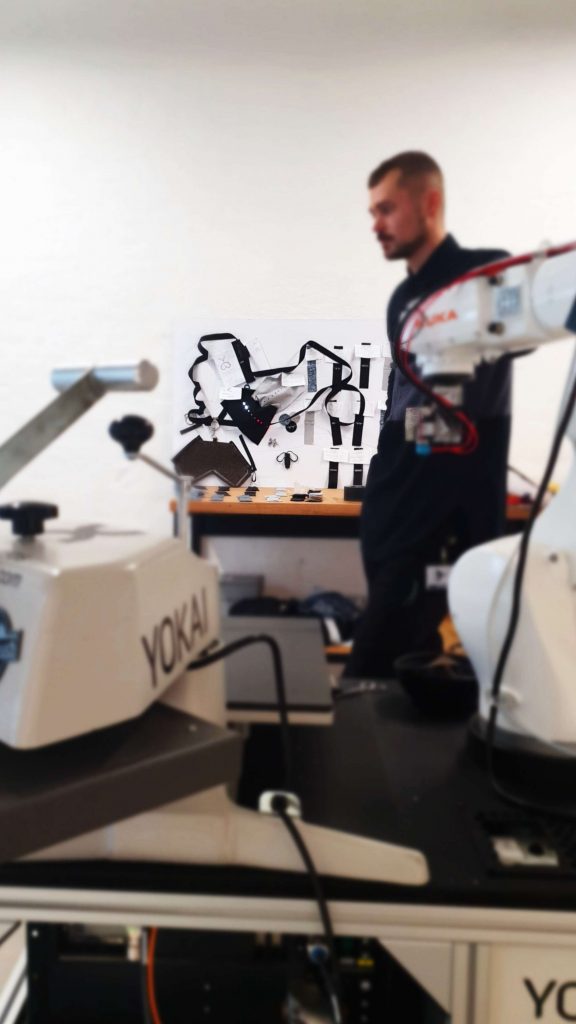
Setting up criteria for Material Testing
Sharing our Vision of automated production of Garments
As the Journey of Re-FREAM began, we had to meet with the tech partners Profactor and Haratech in order to share our idea of creating a seaming solution that can be automated via automation robots. Therefore we brainstormed several methods of how to connect pattern pieces and talked about the needed material properties.

Defining material and its properties
As there are thousands of different fabric types with various finishes and types we had to narrow down our focus of the most significant differences between fabric types. So we chose 10 materials we were interested in. The material types consisted of natural and artificial fibres.
We chose woven as well as knitted production methods, to have a wide range for our tests.
Knock out criteria and testing of samples
We defined three different tests to reach comparability, as well as three different ways to create seams with our materials. Further, we split the workload between us and the tech partners. We had a look into a seaming method with a punch needle technique, as well as a formlock join. Haratech started to test joining with FFF printing on textiles and Profactor started to test PU dispensing in order to join fabric pieces.
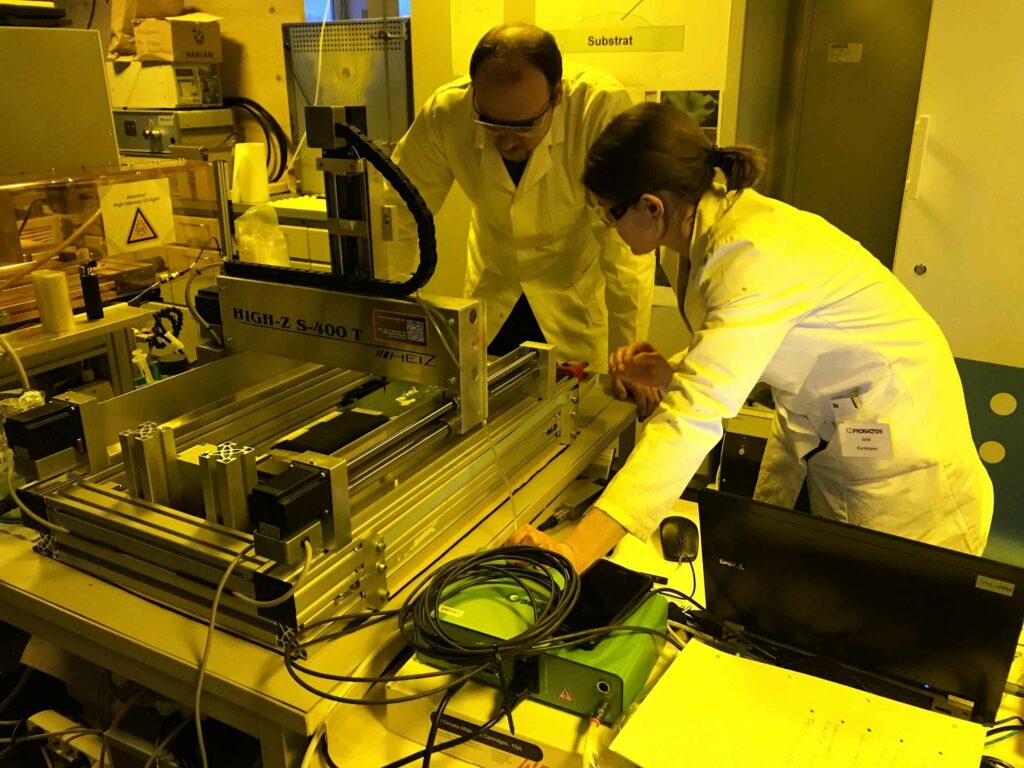
We agreed to narrow down the selection once more as the testing was very complex. So we split the 10 materials into 3 categories → Priority 1 to 3. Agnes from Empa gave a very detailed brief of how the samples of the 3 joining methods needed to be prepared in order to test them at Empa test facility in Switzerland.
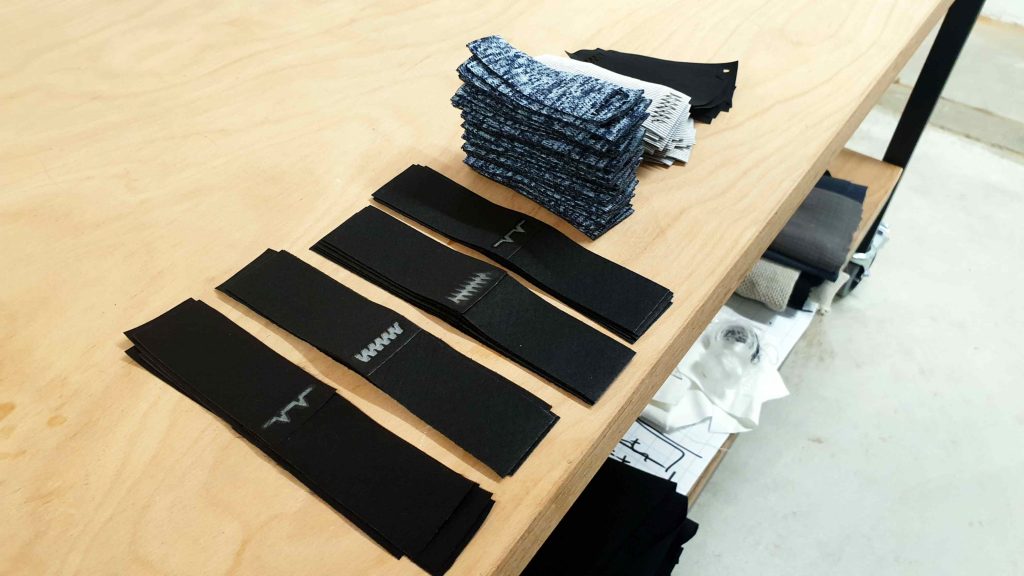
We agreed to narrow down the selection once more as the testing was very complex. So we split the 10 materials into 3 categories → Priority 1 to 3. Agnes from Empa gave a very detailed brief of how the samples of the 3 joining methods needed to be prepared in order to test them at Empa test facility in Switzerland.
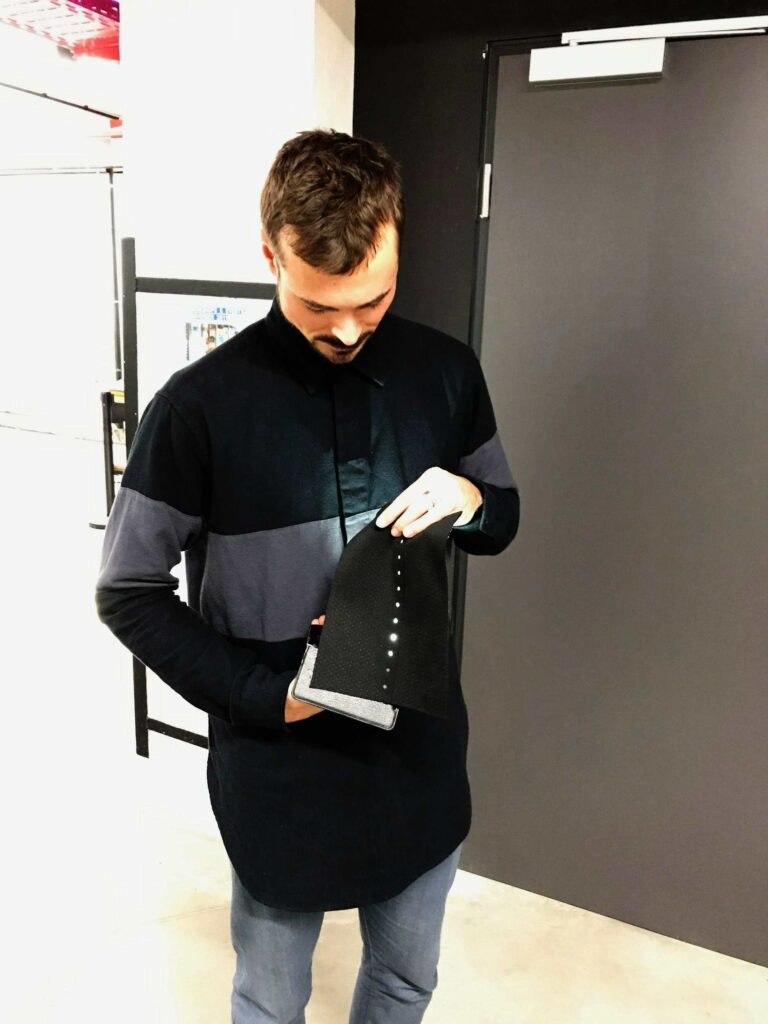
The tests we agreed on are Zwick tension test, comfort test and Martindale test. In order to make it less complex, we agreed to do the comfort test only with materials that pass the Zwick tension test and the Martindale test.
While we prepared Samples for the test, we also created some with transparent seams. As shown in this image light is able to travel through this seams. Another aspect which gives us more opportunity to use it as a Design element.
This inspired us also to design a holster pocked with this material. We used loden for the first prototype, which is currently being tested for daily usage.
As the Yokai Studios, Profactor and Haratech finished creating samples for Zwick and Martindale testing of the priority 1 materials, they have been sent to Empa for testing and comparing.
